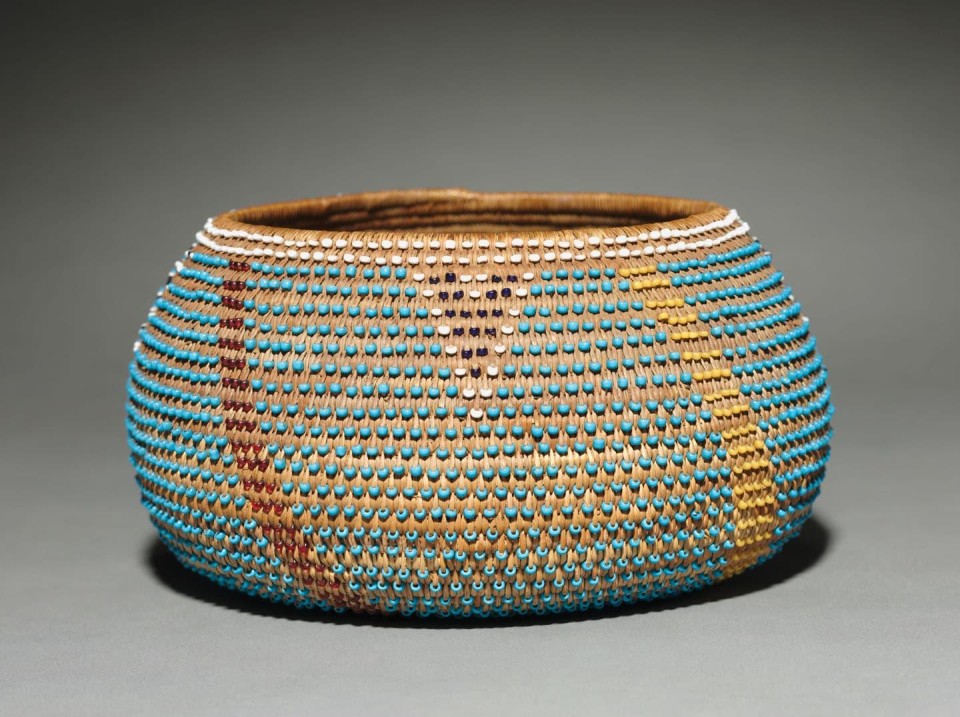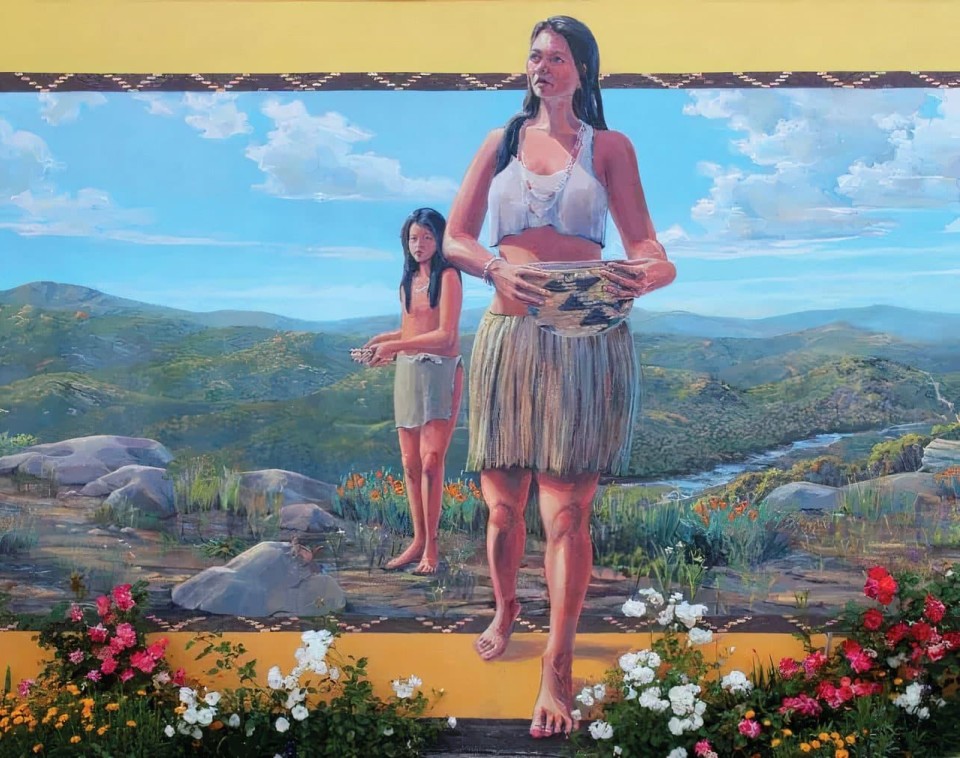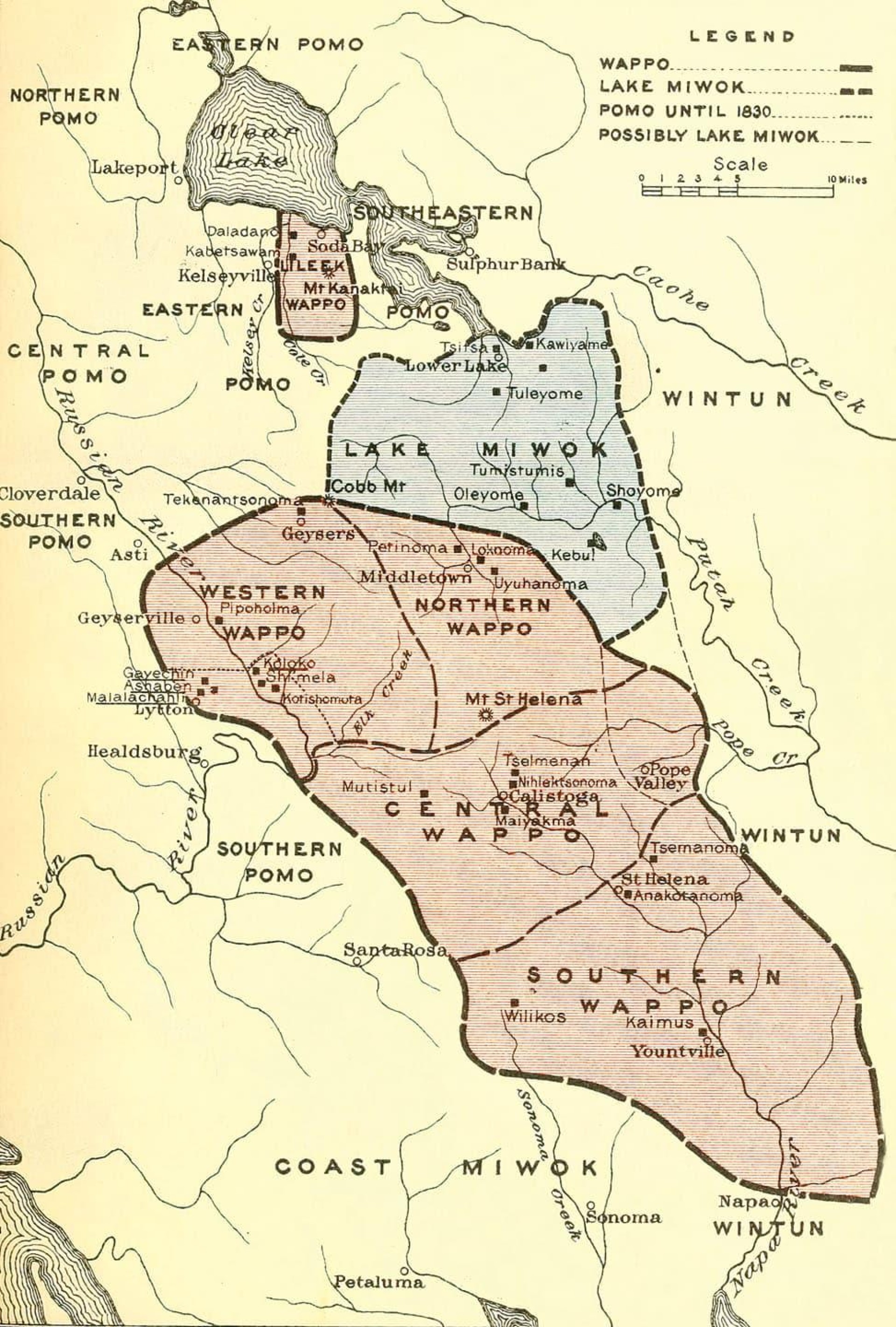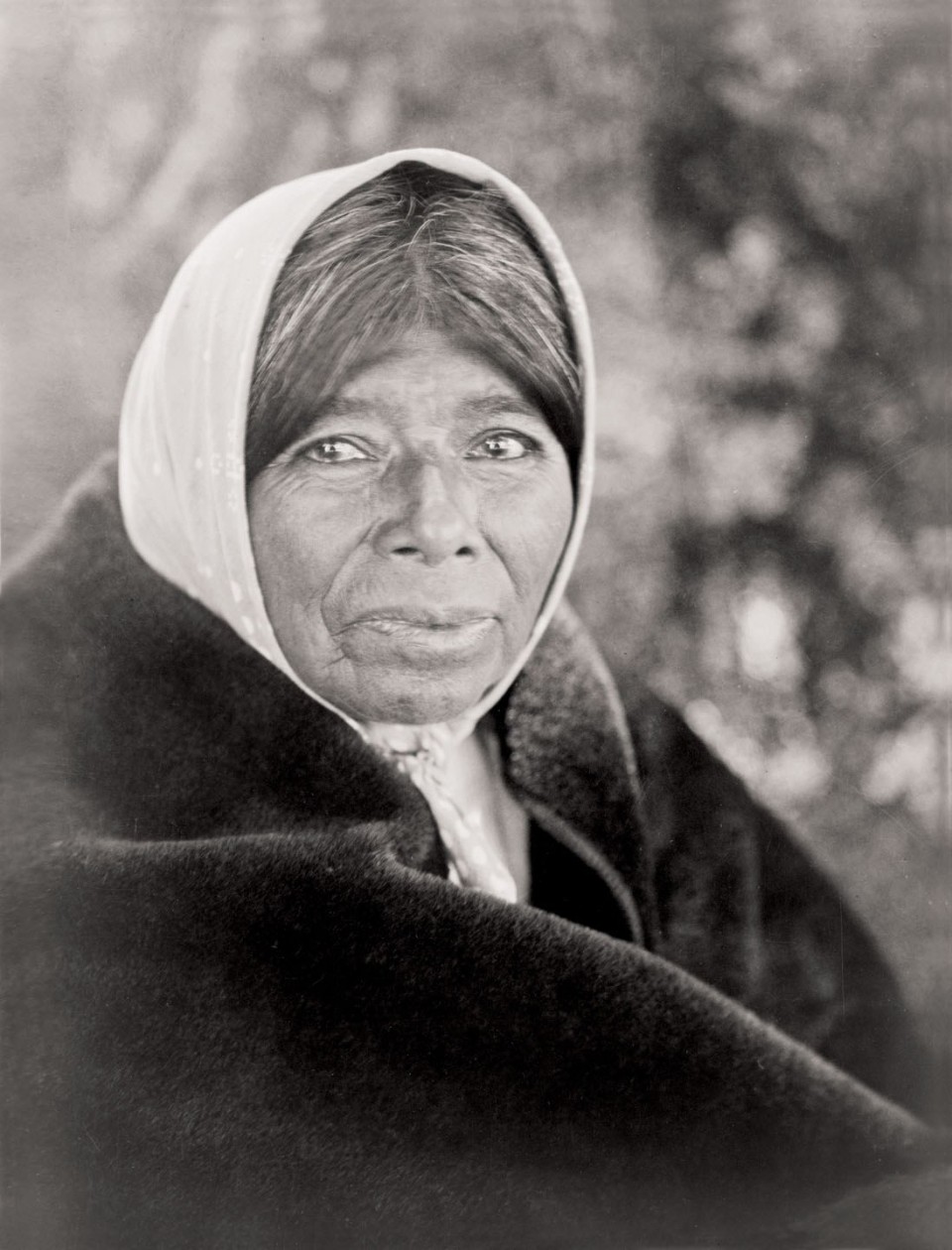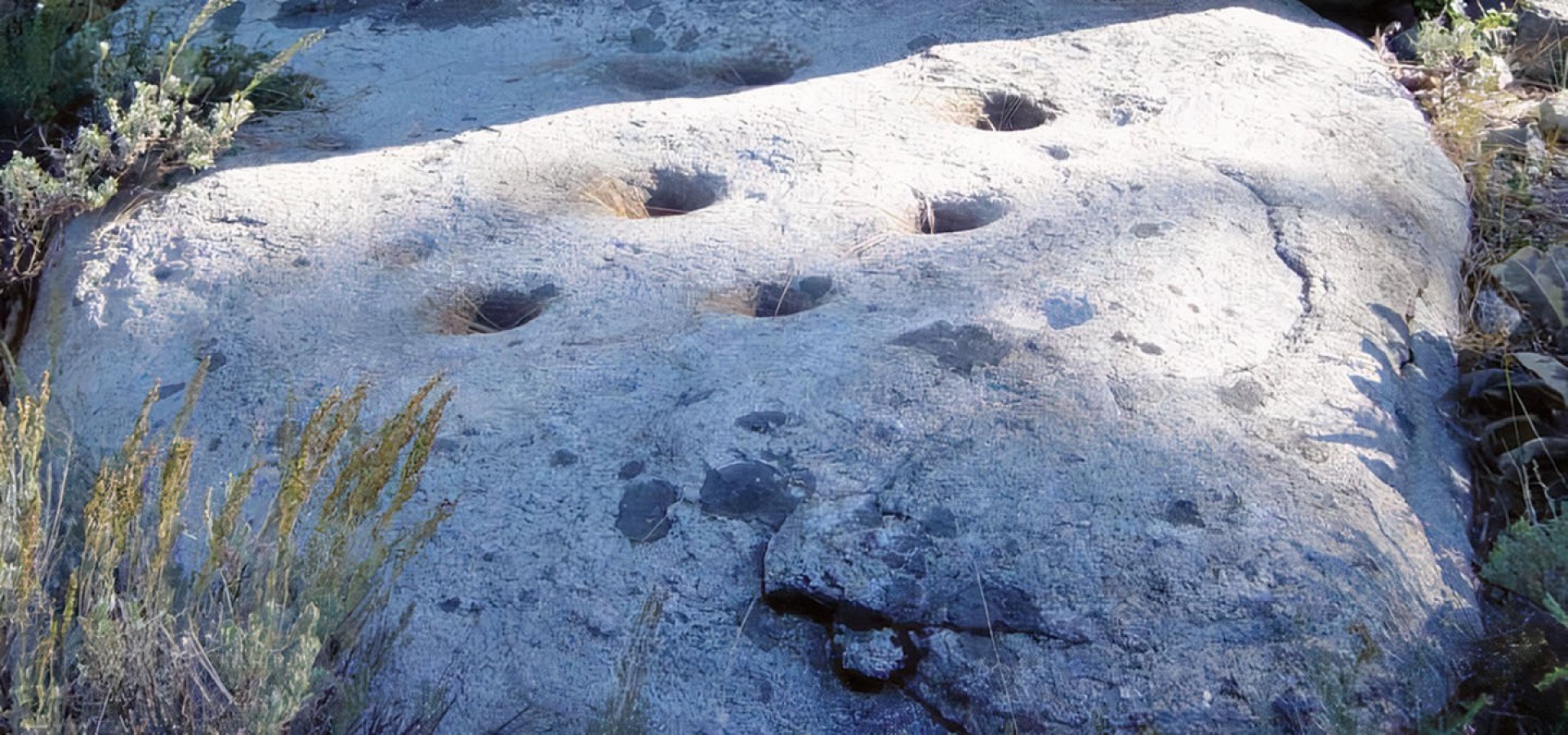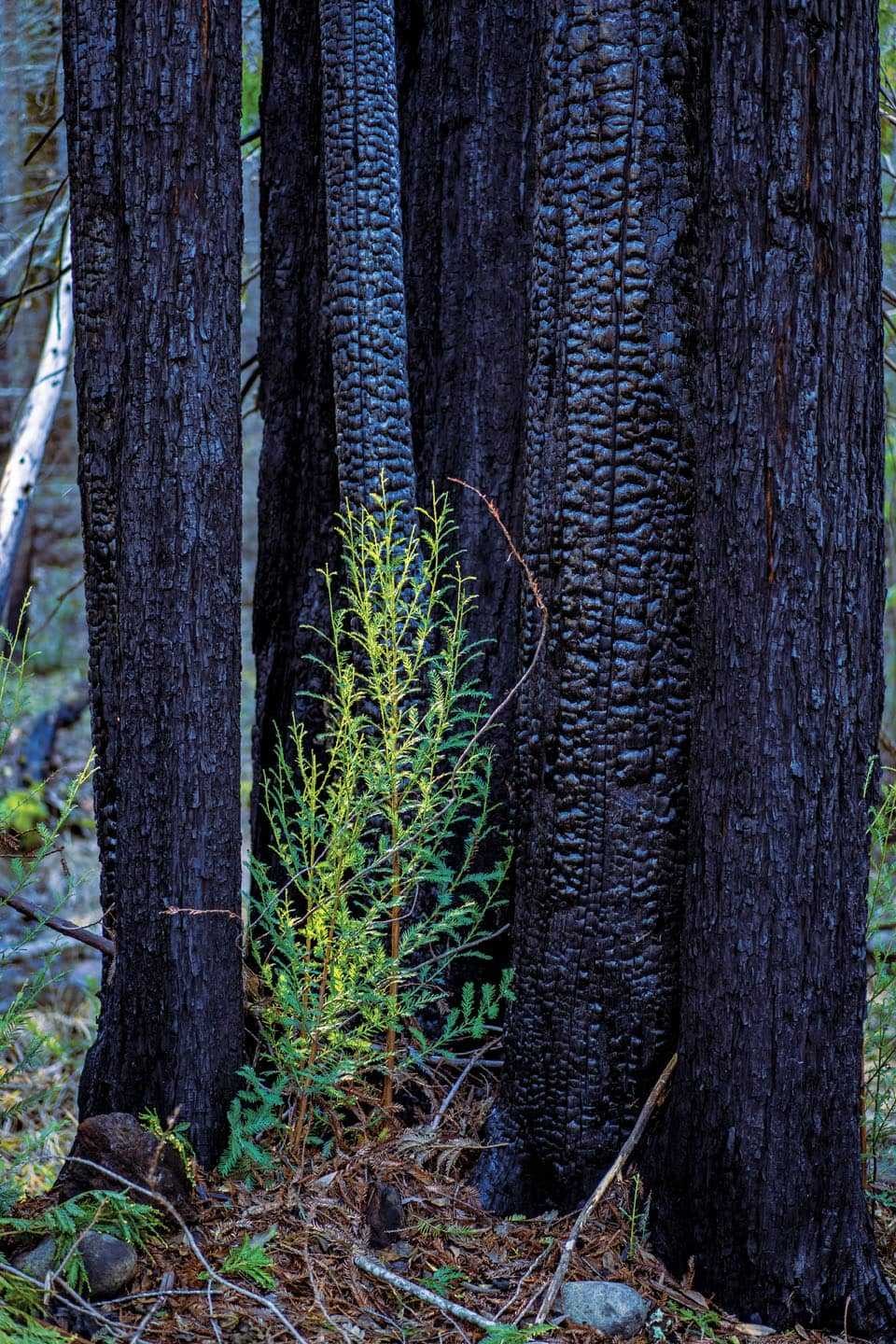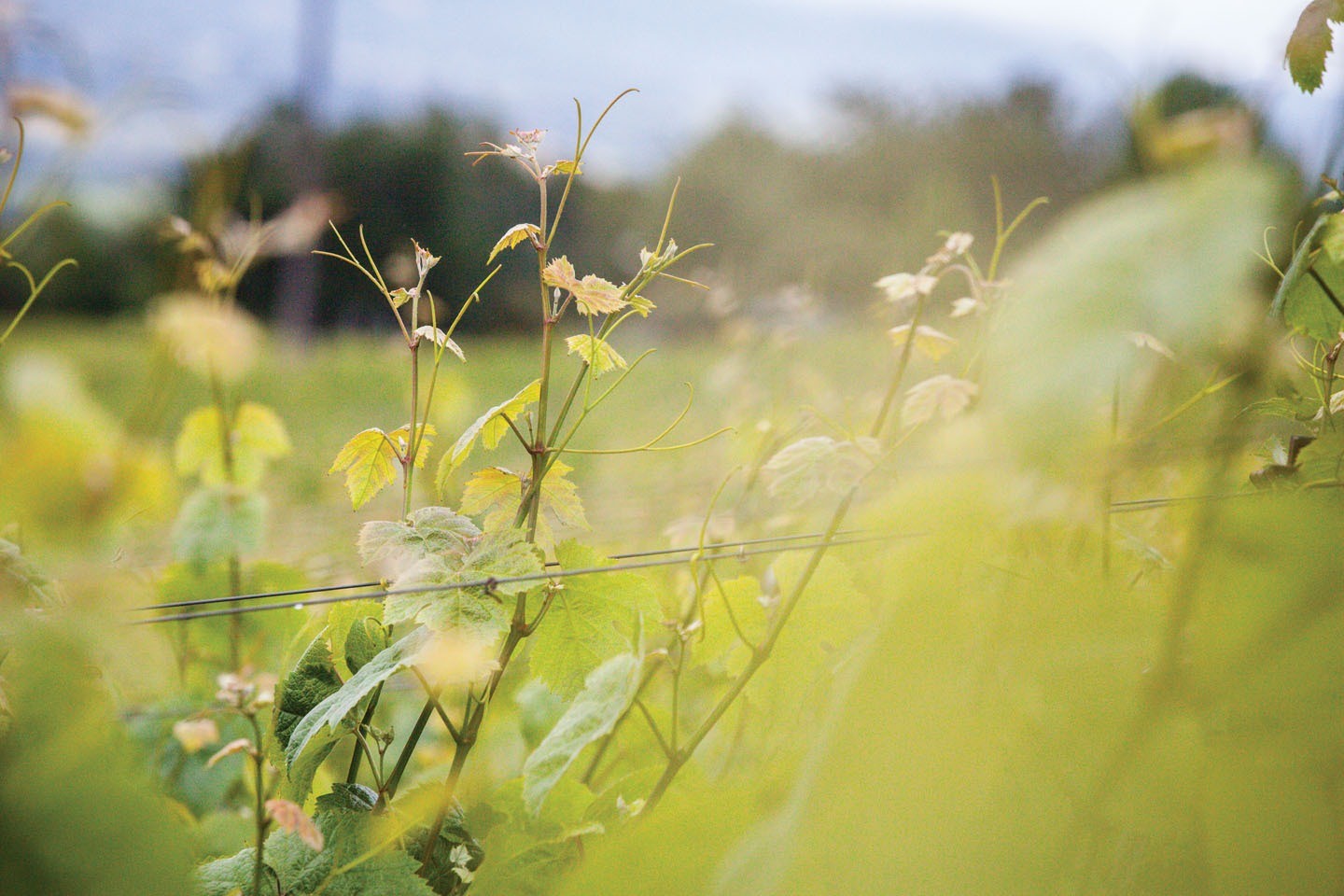While the storytelling and history of the Wappo people vary slightly among sources, one fact holds true—the Wappo were the first to inhabit the Knights Valley and surrounding regions of northern Napa Valley.
Some ten thousand years ago, the Wappo tribe lived among the mountains, valleys, and forests—concentrated on the south shore of Clear Lake, Alexander Valley, and the Russian River valley along the Sonoma County and Napa River watersheds. With the arrival of the Mexican missionaries in the 1800s, the tribe was given the name “guapo,” which eventually became “Wappo,” meaning “handsome” and “brave”—in honor of the tribes’ determined efforts to protect their people and land from colonization.
